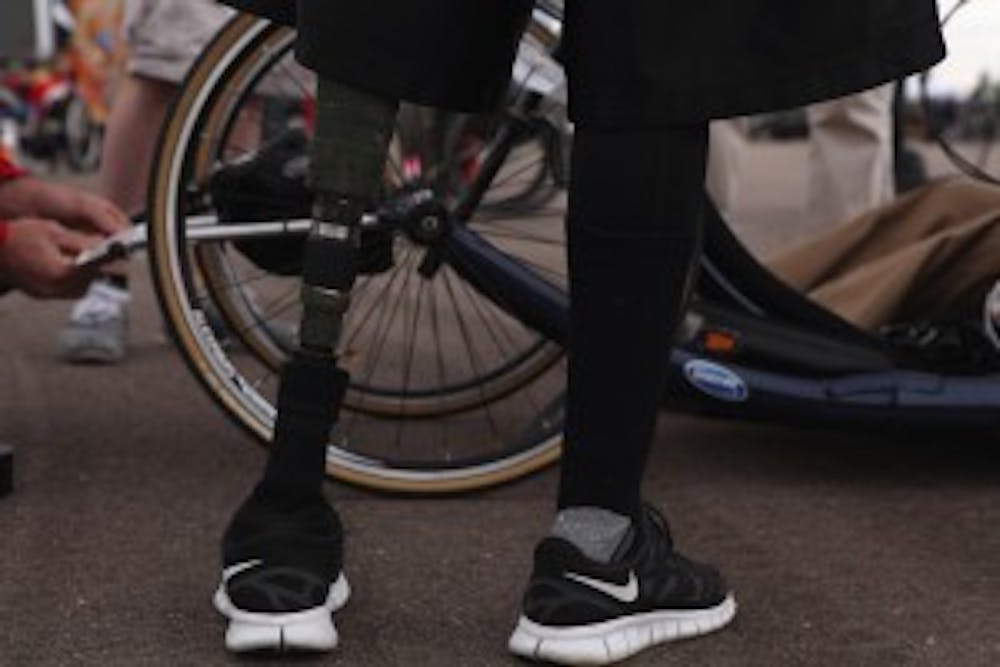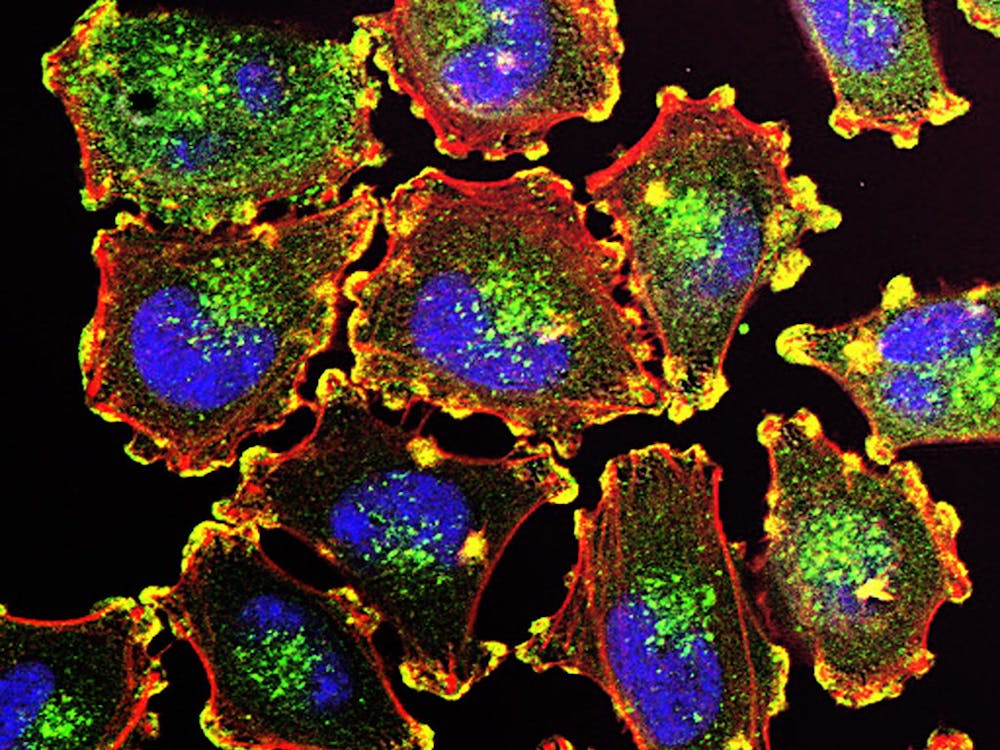The Modular Prosthetic Limb, developed by the Johns Hopkins University Applied Physics Lab (APL), has achieved new levels of operability thanks to a pioneering surgical procedure that allows the prosthetic to be directly and biomechanically attached to the amputee’s bone.
One of the most important aspects of a prosthesis is the joint, or the part of the prosthesis that attaches to the body. If there are problems with fitting or weight, patients can experience pain, blisters and sweating. Even well-designed sockets are known to cause discomfort and other health issues for patients.
“Before, the only way I could put the prosthetic on was by this harness with suction and straps; But now, with osseointegration, the implant does away with all that. It’s all natural now. Nothing is holding me down. Before, I had limited range; I couldn’t reach over my head and behind my back. Now boom, that limitation is gone,” Johnny Matheny, an amputee who lost his left arm, told the APL.
Matheny is the first person to ever undergo the procedure known as osseointegration. The procedure consists of two main stages: fusing an implant with the patient’s bone and then connecting the implant with the external prosthesis. The first step of the procedure is unique in that a custom compressive device is implanted into the marrow of the bone of the residual limb. This bone-anchoring device induces a biological response within the bone, causing it to create a strong, long-lasting connection with the implant. The implant is now part of the bone and there is no longer a need for heavy and restrictive straps or support devices to anchor the external prosthetic to the limb; It is anchored in almost like a joint.
The APL’s prosthetic team was conservative in their expectations regarding the procedure, as Matheny was the first person to undergo the surgery, and the team was unsure of safety parameters in this rather novel testing situation. However, Matheny had done his research and had prepared for the testing by doing exercises on his own with the weighted implant, and he had attempted to understand his new range of motion. This allowed the research team to get started with useful testing right from the get-go.
“What ultimately happened was that Johnny (Matheny) met all of my planned goals within two hours of arriving,” Courtney Moran, a clinical prosthetist who works closely with patients, told the APL.
For the rest of the visit, the team continued to rigorously test the operability of the prosthetic. Matheny was able to demonstrate individual finger control, simultaneous finger control, two degrees of freedom at the wrist and multiple grasps, and he worked through simulated activities of daily living. While Matheny’s achievements push the field of prostheses forward, Michael McLoughlin, chief engineer in the APL’s Research and Exploratory Development Department, believes there is still more to be done.
“Matheny’s achievements move the whole field forward and not just a small step,” McLoughlin told the APL. “I mean, it is a really big jump in it. The challenge for us next is to really figure out how to get this technology out of the laboratory and into the hands of people who need it. For all the incredible things that we see Johnny doing with the MPL, when we’re finished here in the lab he has to leave it here and go home. We really want to enable him to leave with that arm and to use it every day. And that’s what Johnny wants too.”























Please note All comments are eligible for publication in The News-Letter.